Hearing has traditionally been regarded as the second sense--as somehow less rational and less modern than the first sense, sight. Reason and Resonance explodes this myth by reconstructing the process through which the ear came to play a central role in modern culture and rationality. For the past four hundred years, hearing has been understood as involving the sympathetic resonance between the vibrating air and various parts of the inner ear. But the emergence of resonance as the centerpiece of modern aurality also coincides with the triumph of a new type of epistemology in which the absence of resonance is the very condition of thought. Our mind's relationship to the world is said to rest on distance or, as the very synonym for reason suggests, reflection. Reason and Resonance traces the genealogy of this "intimate animosity" between reason and resonance through a series of interrelated case studies involving a varied cast of otologists, philosophers, physiologists, pamphleteers, and music theorists. Among them are the seventeenth-century architect-zoologist Claude Perrault, who refuted Cartesianism in a book on sound and hearing; the Sturm und Drang poet Wilhelm Heinse and his friend the anatomist
Samuel Sömmerring, who believed the ventricular fluid to be the interface between the soul and the auditory nerve; the renowned physiologist Johannes Müller, who invented the concept of "sense energies"; and Müller's most important student, Hermann von Helmholtz, author of the magisterial Sensations of Tone. Erlman also discusses key twentieth-century thinkers of aurality,
including Ernst Mach; the communications engineer and proponent of the first nonresonant wave theory of hearing, Georg von Békésy; political activist and philosopher Günther Anders; and Martin
Heidegger.
|



